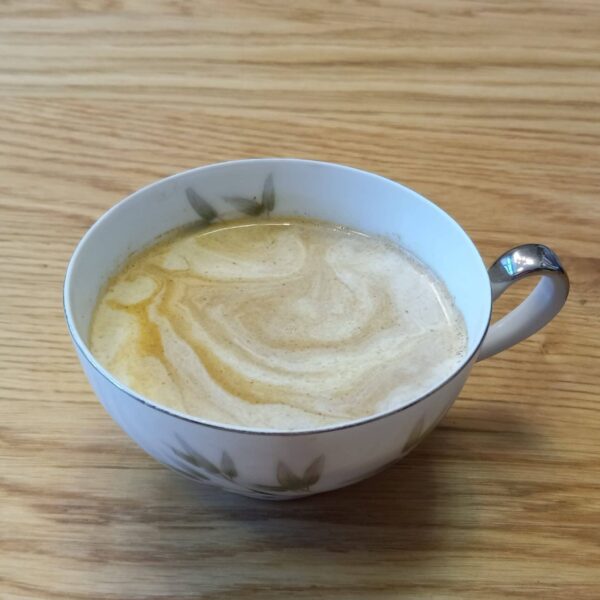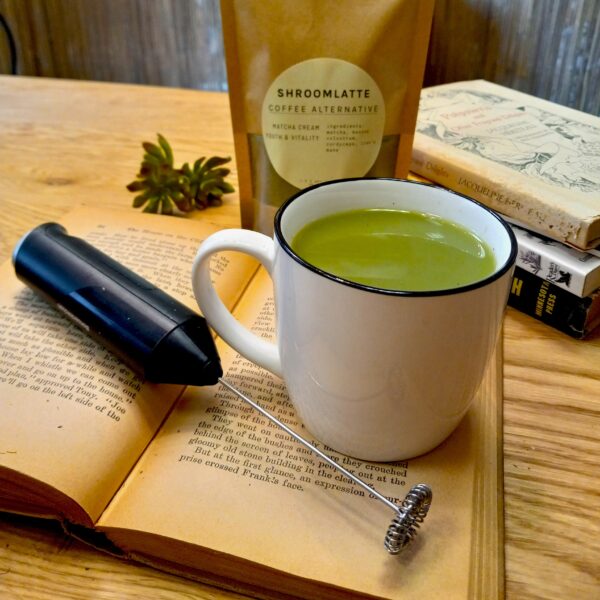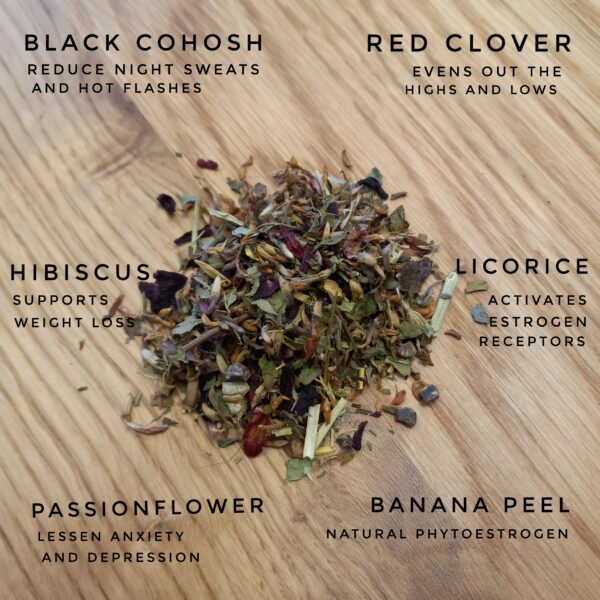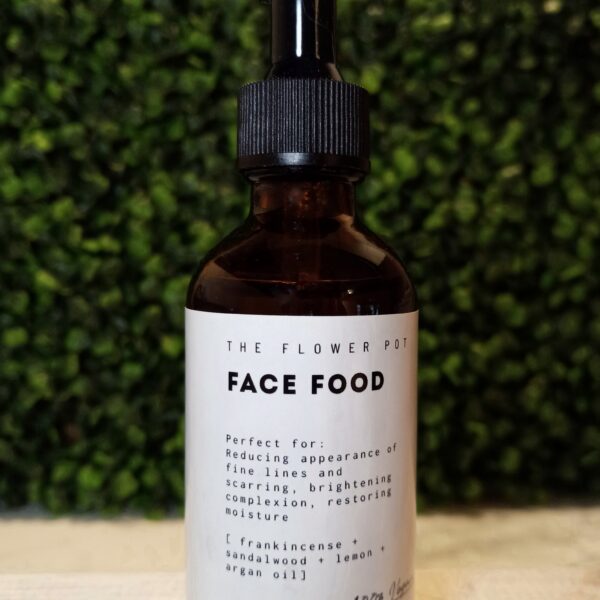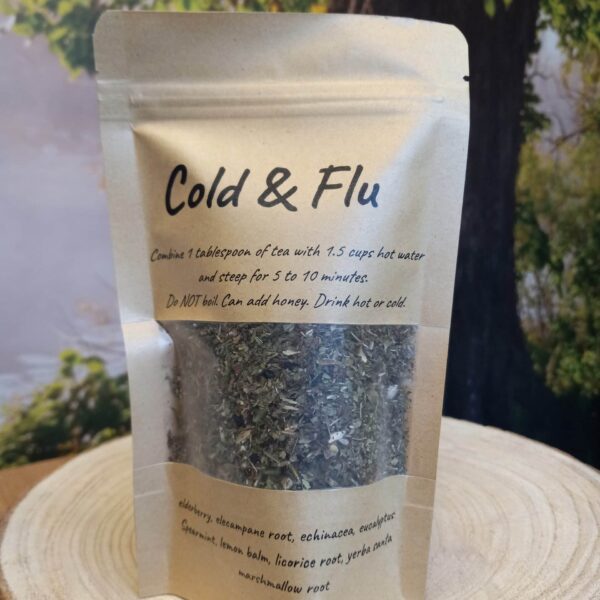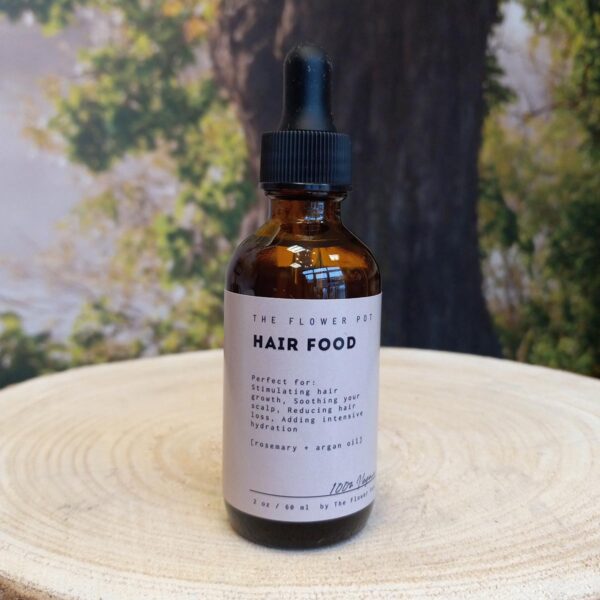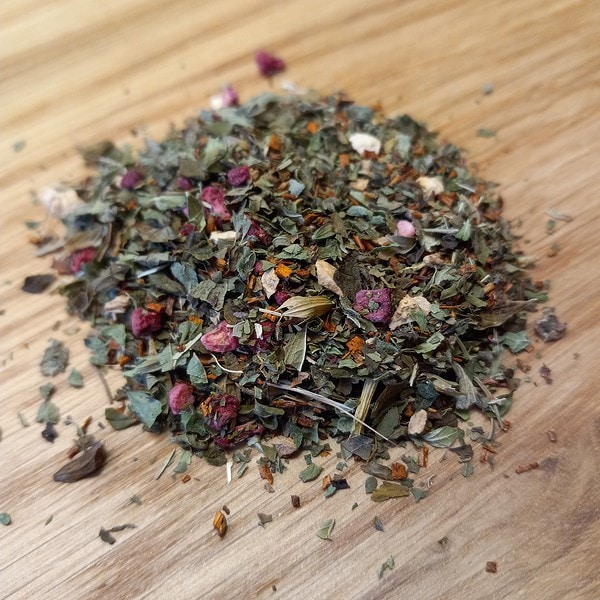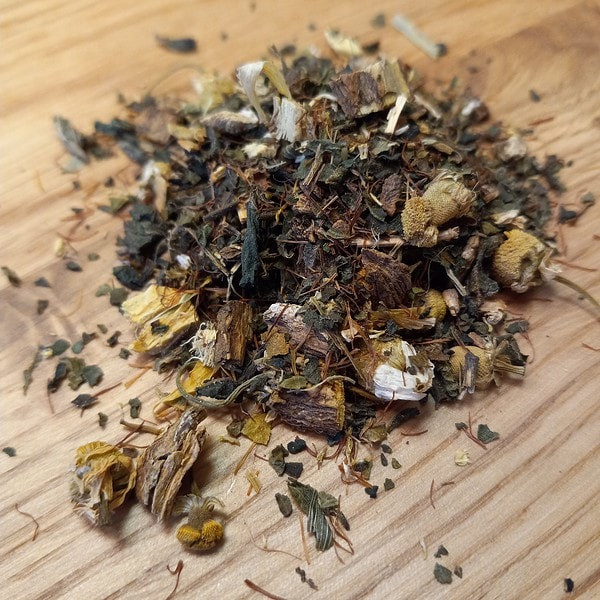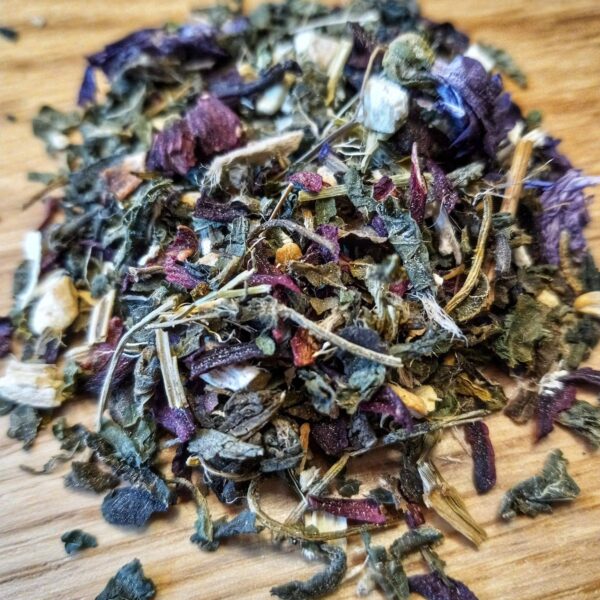Here’s an interesting herb with an interesting name: boneset, Eupatorium perfoliatum. It’s got a fascinating history and some powerful traditional uses, though it’s one I approach with a bit of caution in my own practice.
The name “boneset” actually comes from its historical use in treating dengue fever, which was often called “bone break fever” due to the intense pain it caused. Boneset earned its reputation by helping to reduce fevers and, to a milder extent, alleviate that pain. It’s also known as feverwort, which pretty much tells you what its primary traditional use was!
Historically, boneset was a go-to herb for fevers, particularly those associated with colds and flu. It was even used by Native Americans to treat malaria. It flowers from July to September and you’ll find it growing naturally in most of the eastern and central United States, generally in USDA zones 3-9. It prefers moist soil, so you often see it in meadows, floodplains, and along stream banks.
Now, let’s talk about the taste: it’s strongly bitter. And here’s a crucial point: you only want to use boneset when it’s dried, not fresh. Why? Because the fresh leaves have strong laxative and purgative properties – definitely not what you want when you’re already feeling under the weather! When dried, these properties are reduced.
Traditionally, boneset’s properties are described as a diaphoretic (meaning it helps induce sweating), a fever reducer, and, as mentioned, a laxative or purgative when fresh. For colds, flu, and bronchitis, it was often used to help reduce fever and discourage mucus production, especially when taken as a tincture.
I’m all about finding the right herb for the job, and while boneset is certainly potent, I don’t personally include it in my go-to cold and flu tea blends. Those laxative and purgative properties, even when lessened in dried form, aren’t something I want to contend with when someone’s already feeling crummy. Instead, for fever and pain relief in those situations, I lean on trusty white willow bark, which is also a component of the pain tincture I offer, along with turmeric, ginger, passionflower, and tart cherries.
Boneset is a testament to the power of traditional plant medicine, and understanding its nuances, like the difference between fresh and dried, is key to using it wisely.
Join Our Mailing List!
Sign up and be the first to know about specials, promotions and our latest articles on health and wellness.
Cara Schulz
Cara Schulz, a cancer survivor and green tea lover, has opened The Flower Pot, a holistic wellness shop in Burnsville that offers products ranging from medicinal teas and wellness tonics and herbal tinctures.


